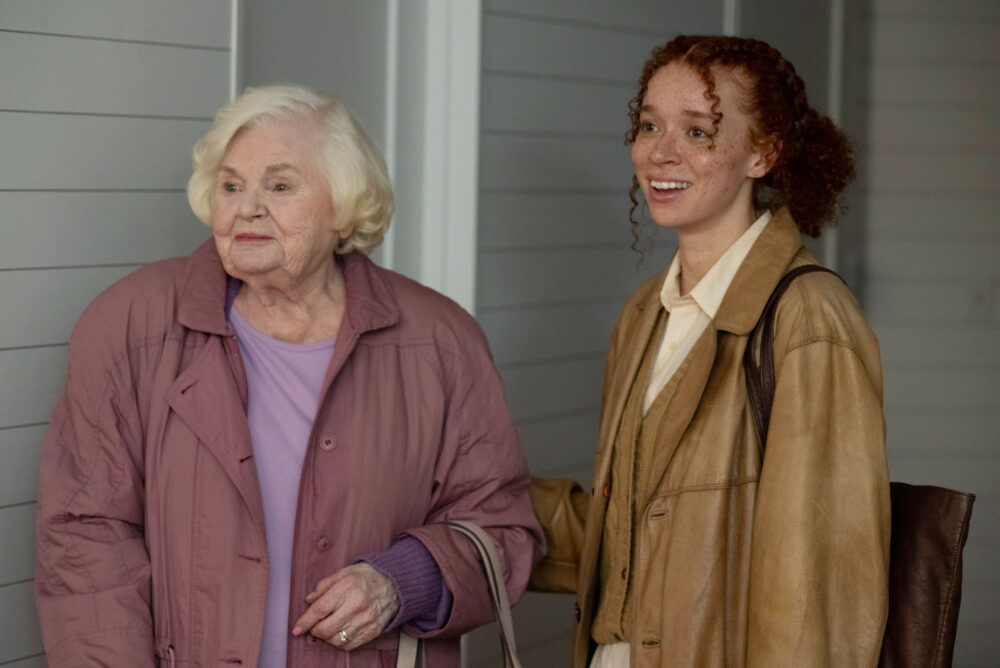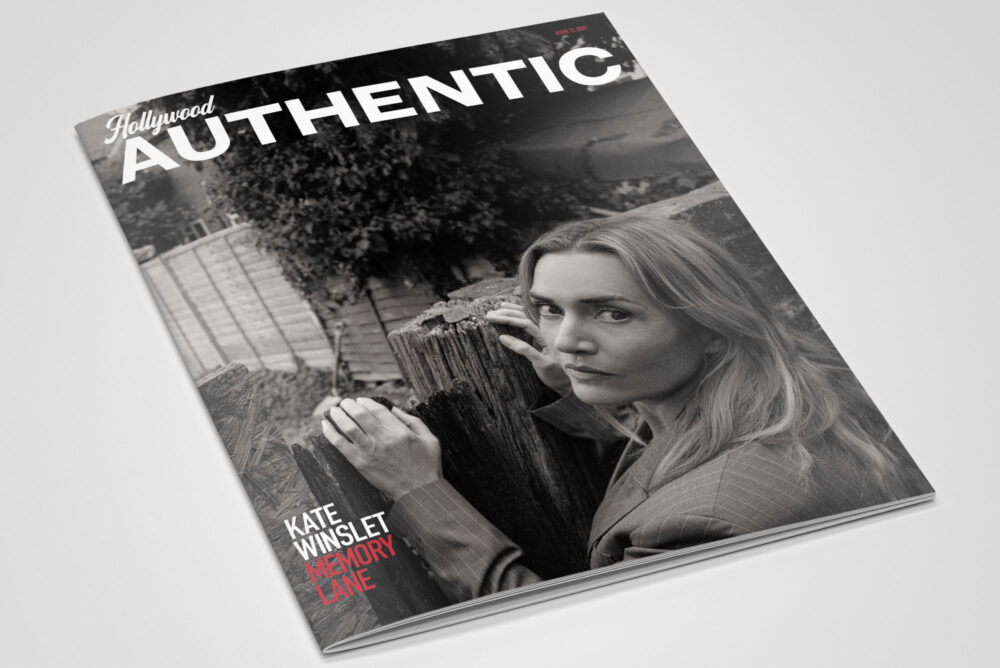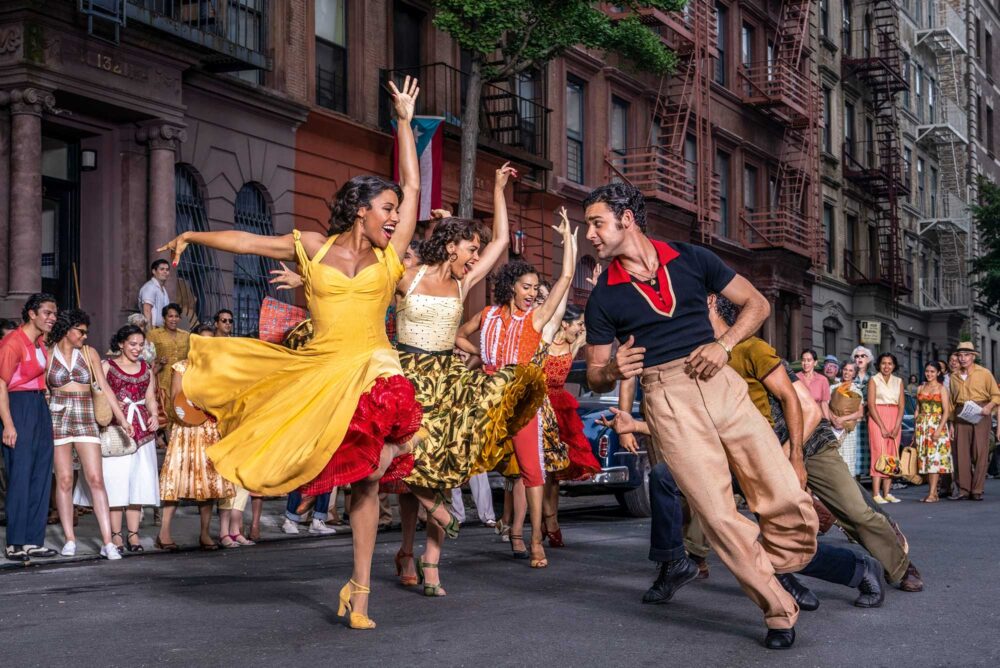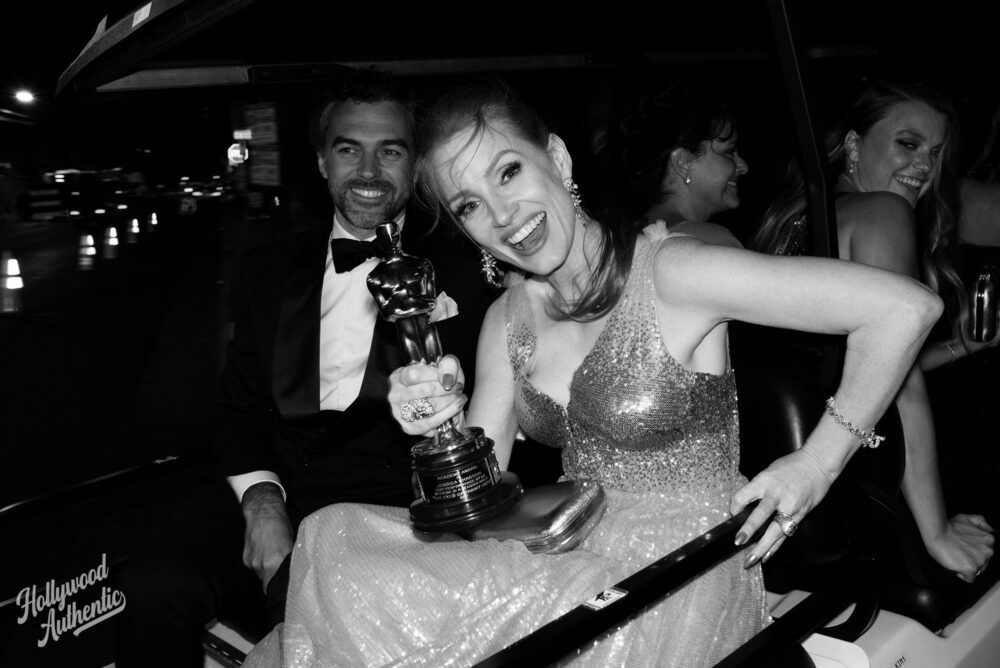Words by STEPHEN MERCHANT
In 1944, director Billy Wilder released the quintessential film noir before the term even existed. Double Indemnity bears all the hallmarks of the genre: wiseass repartee; crisp black-and-white cinematography; a manipulative femme fatale twisting a lust-fuelled sap around her finger; shards of light pouring through venetian blinds casting prison-bar shadows across the faces of our amoral protagonists as they hurtle towards a doomed comeuppance.
This is no spoiler. The movie opens at night (it’s noir, of course it’s night) with a wounded man driving his coupe through downtown LA, staggering to his office, and dictating a confession to his colleague: ‘Hold tight to that cheap cigar of yours, Keyes. I killed Dietrichson. Me, Walter Neff, insurance agent, 35 years old, unmarried, no visible scars… until a little while ago, that is. Yes, I killed him. I killed him for money – and a woman – and I didn’t get the money and I didn’t get the woman.’
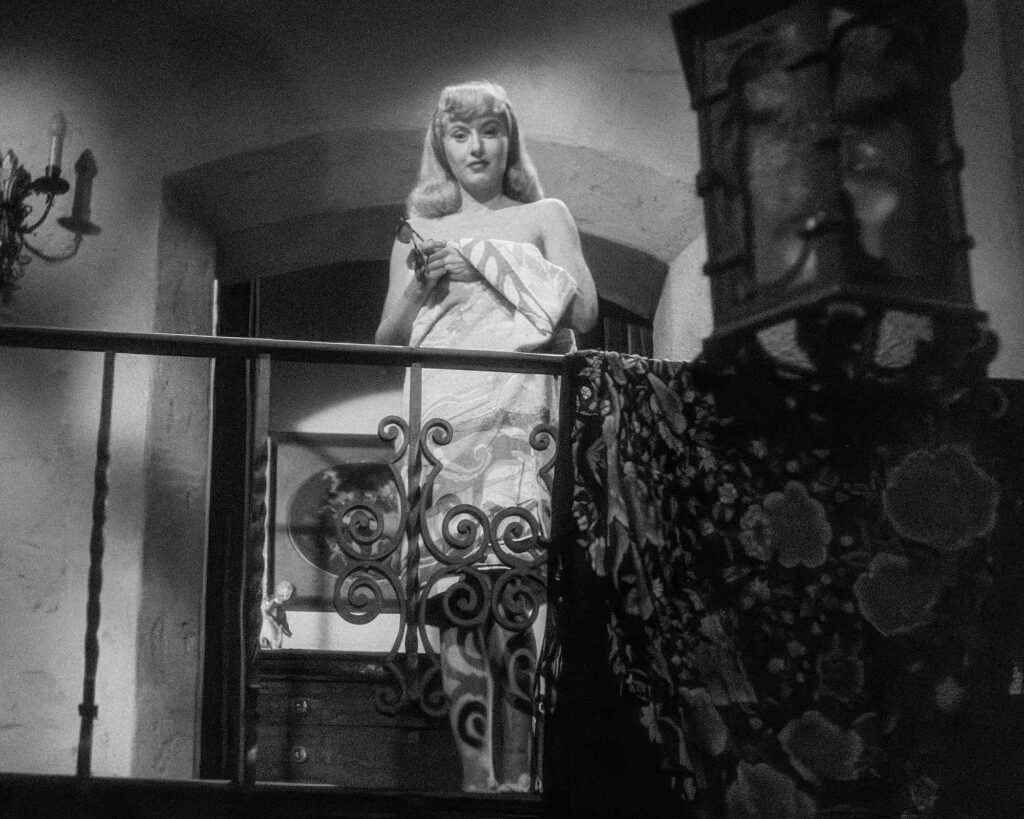
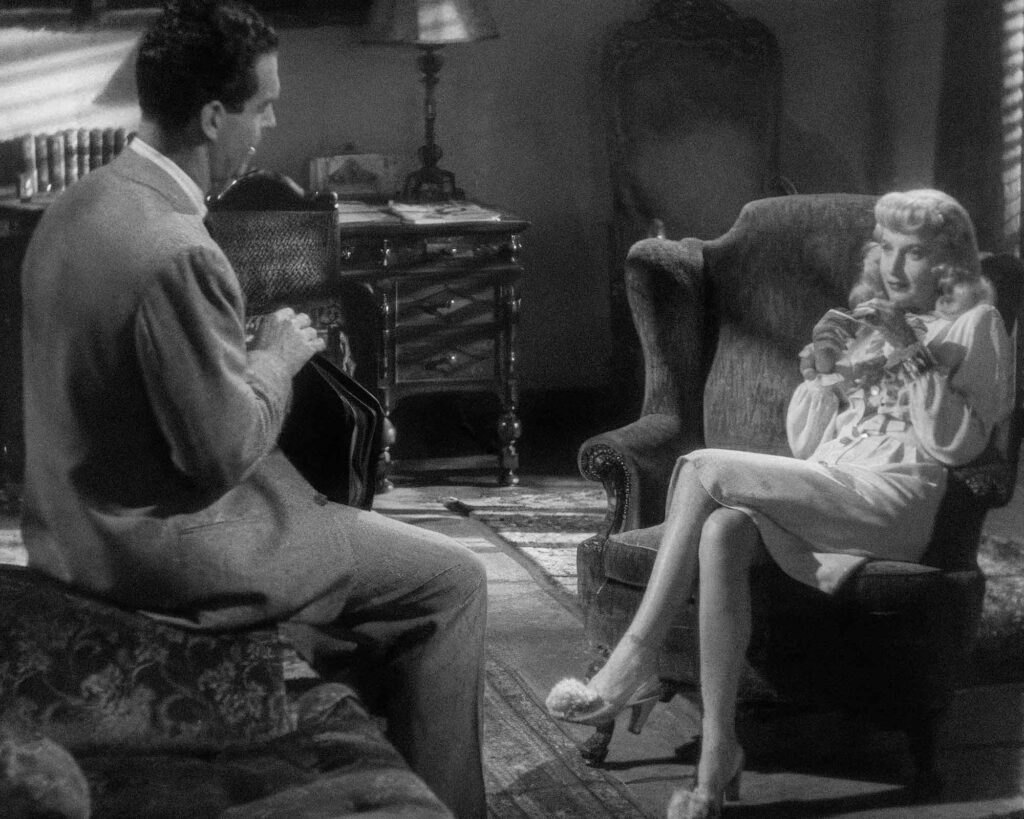
From here, flashbacks show Neff (Fred MacMurray) falling for the glamorous but unhappily married Phyllis Dietrichson (Barbara Stanwyck). Together they concoct a devilishly clever plan to bump off Phyllis’ husband for his accident insurance money, only to come under the suspicious gaze of Neff’s friend and colleague, insurance investigator Barton Keyes (Edward G. Robinson).
Double Indemnity is an early example of a ‘whydunnit’, telling us the killer’s identity upfront (a narrative technique popularised 30 years later by TV’s Columbo), but is it the first thriller to make us root for a bad guy driven by greed and sex? Unclear, but certainly that opening narration sets the blackly comic tone that pervades the film, in which brief early scenes of sunny LA give way to ever more darkening shadows as our conniving pair descend into murder and betrayal.
The movie was based on a novella by hardboiled crime writer James M. Cain, who as a journalist had attended the trial of a woman and her lover convicted of a similar murder in the 1920s.

Wilder’s regular screenwriting collaborator Charles Brackett declined to adapt the book, regarding it as too scandalous and immoral, so Wilder famously hired master crime author Raymond Chandler, creator of the archetypal gumshoe Philip Marlowe. Chandler assumed that writing a film would be quick and easy, taking maybe three weeks. When he was told his weekly rate was $750, he thought he could stretch it out to four. As described by Maurice Zolotow in his biography Billy Wilder in Hollywood: ‘[Chandler] schlepped it in five weeks later. Billy read it at once while Chandler watched. Then he threw it – yes, hurled it – right at Chandler. It hit him in the chest and fell on his lap. “This is shit, Mr. Chandler,” he said amiably. He suggested that Chandler use it as a doorstop.’
Their relationship went downhill from there, with Chandler battling alcoholism and Wilder every step of the way. Nevertheless, their Oscar- nominated screenplay is a triumph, cleverly refining and reworking the novella while injecting Chandler’s trademark wit and smart-alec crosstalk. Take Phyllis and Walter’s flirty first encounter, fizzing with innuendo to dodge the censor’s red pencil:
PHYLLIS: There’s a speed limit in this state, Mr. Neff. Forty-five miles an hour.
NEFF: How fast was I going, officer?
PHYLLIS: I’d say about ninety.
NEFF: Suppose you get down off your motorcycle and give me a ticket.
PHYLLIS: Suppose I let you off with a warning this time.
NEFF: Suppose it doesn’t take.
PHYLLIS: Suppose I have to whack you over the knuckles.
NEFF: Suppose I bust out crying and put my head on your shoulder.
PHYLLIS: Suppose you try putting it on my husband’s shoulder.
As a film and TV writer, I know full well that good dialogue is only as good as the actors delivering it, and Stanwyck and MacMurray are faultless, loading every line with just the right amount of sexy snark, Fred grinning an insouciant smirk, Barbara fighting the urge to do the same.
Years later, movies like Basic Instinct would make these seduction scenes explicit, but in 1940s Hollywood every erotic beat had to be carefully calibrated to sneak past America’s moral guardians. It was racy enough that Stanwyck first appears at the top of a staircase in a towel; moments later, Wilder’s camera fixates on her anklet as she descends in what were scripted as ‘pom-pom slippers’ – signifiers that despite her nice suburban home, Phyllis (in Wilder’s words) is showy and trashy. It’s the reason the director made Stanwyck wear a cheap blonde wig, which is constantly distracting once you realise it’s a piece. As one studio executive who hated the wig apparently stated: “We hire Barbara Stanwyck and we get George Washington.’
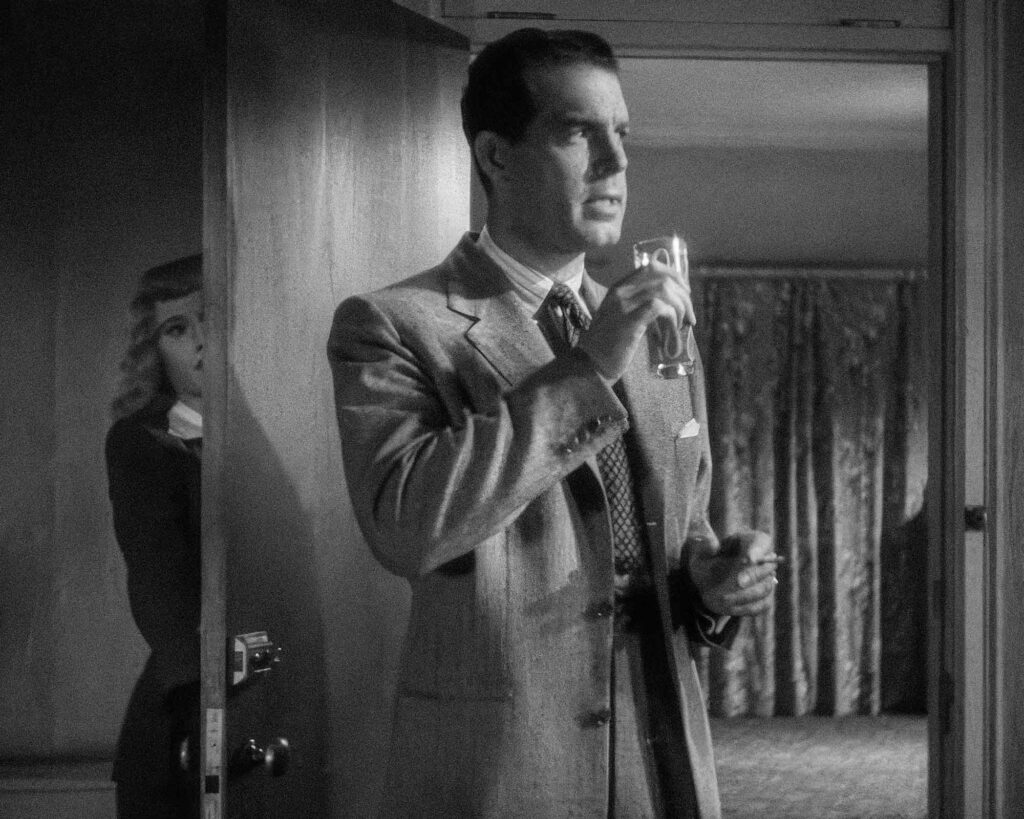
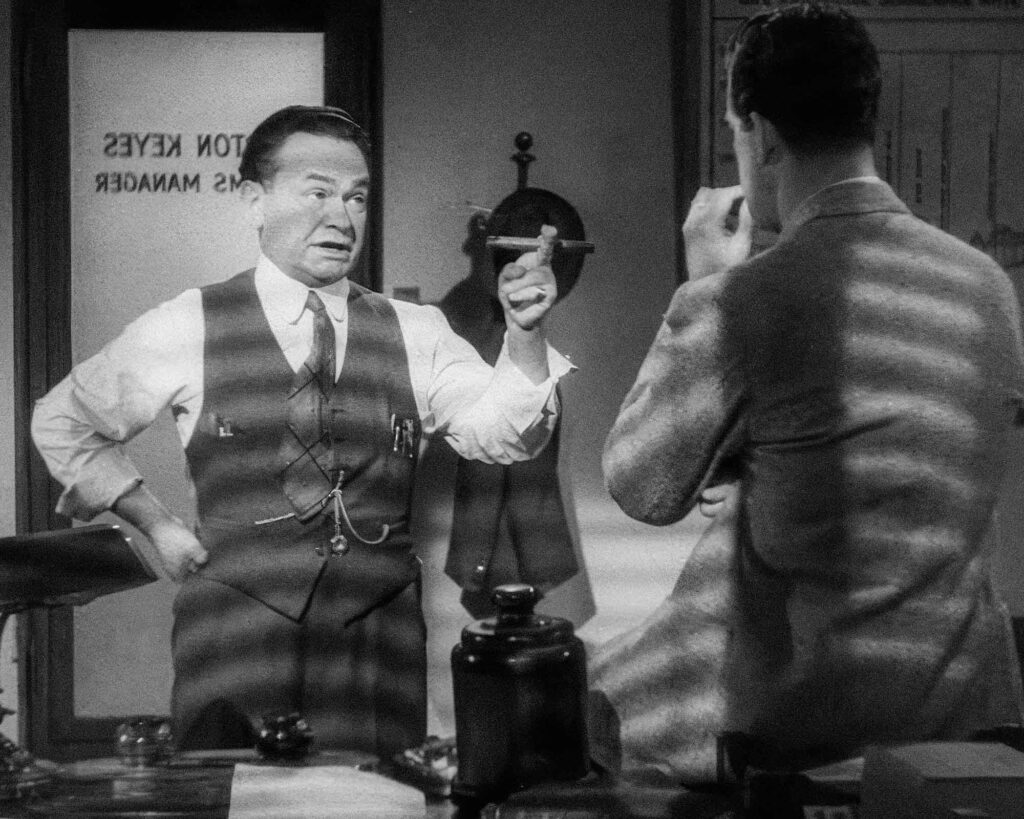
For a city that seems to have little reverence for its historical buildings, I take great pleasure in discovering (via Google maps) that the exterior of the Dietrichson residence, a Spanish Colonial Revival-style house in the Hollywood hills, has changed very little since it starred in the movie almost 80 years ago. If Double Indemnity is a thoroughbred film noir, it’s also a Los Angeles movie to its core, partly thanks to its locations – including the Hollywood & Western Building and the Hollywood Bowl – but also because every frame seems soaked in the sweat and humidity, cynicism and paranoia, of the big city.
Neff’s North Kingsley Drive apartment block is still standing too, the setting for one of the finest suspense scenes in any movie. Neff receives a late-night visit from Keyes, whose ‘little man’ in his stomach keeps telling him something is amiss with the Dietrichson insurance claim. Oblivious, Phyllis is on her way up to the apartment, but if she encounters Keyes, the murder conspiracy will be blown wide open. She is about to enter Neff’s apartment as Keyes is leaving, but at the last moment ducks behind Neff’s apartment door, which inexplicably opens outwards into the corridor. No apartment door has ever done this in the history of construction, but it’s testament to the movie’s immersive, slow-burning suspense that you don’t even register it on first, second or fiftieth watch.
At the 17th Academy Awards, Double Indemnity was rightly nominated for seven Oscars but wrongly won none. Wilder was apparently so furious about losing Best Director to Leo McCarey for the mawkish Going My Way that as McCarey walked to the stage, Wilder tripped him up. It’s the perfect coda for a movie that not only trips up but snaps the neck of the polite mores and suburban civilities that America was trying to sell itself in the 1940s; a movie that only an émigré like Wilder, having escaped the horrors of the Nazis, could so gleefully use to expose the dark, irredeemable recesses of human behaviour; a movie that in 2024, an election year in which politicians would have us believe there was once a golden age in which America was happy and bright, reminds us the country has always been merrily, deliciously dark.
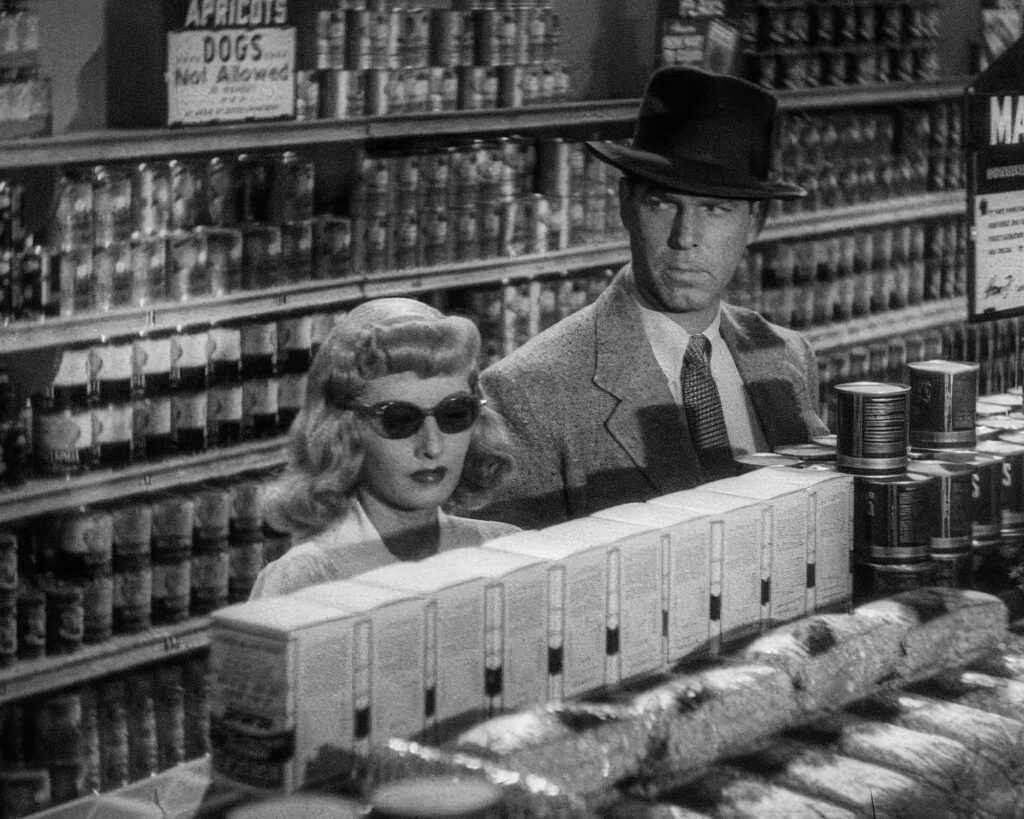
Double Indemnity (1944) Paramount Pictures directed by Billy Wilder, starring Fred MacMurray and Barbara Stanwyck. Available on YouTube



